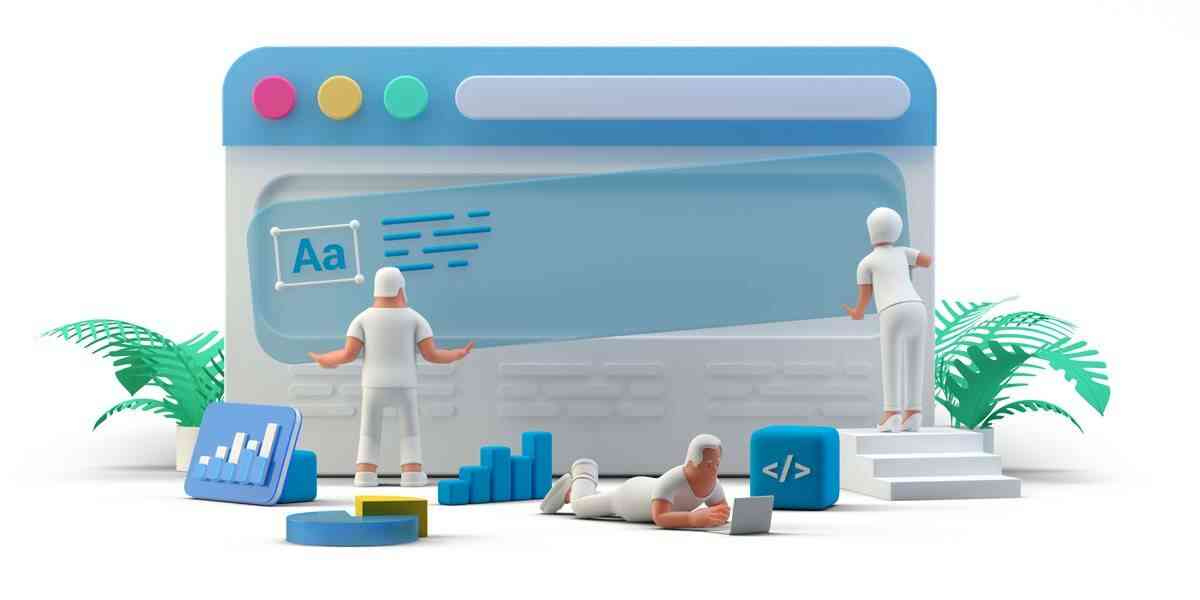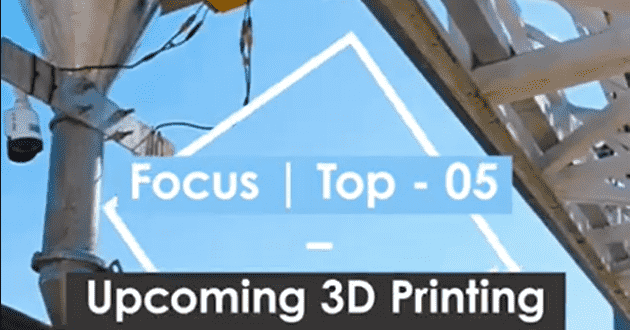How To Conduct A Sustainable Ui/ux Study
- - Category: Communication
- - 21 Feb, 2023
- - Views: 358
- Save

There are no specific points or steps to follow while designing green or sustainable UI/UX.
Studies show that carbon emissions generated by the internet, devices, and systems that support it account for 3.7% of global greenhouse gas emissions. That’s more than all aviation emissions (2.5%). It doesn’t end there. Research conducted by green the web found that a single web page consumes on average 1.76 g CO2 per page view. As businesses, the question we need to ask ourselves is how much every click on our website costs the planet.
There are no specific points or steps to follow while designing green or sustainable UI/UX. In truth, it’s a collection of ideas, facts, and best practices that should be followed while keeping sustainability trends in mind. Climate change is an indisputable reality every organization under the sun is grappling with. Increased global warming due to rising carbon emissions is compelling both companies and customers to think about sustainability for their own future. A few statistics to understand the gravity of the current scenario:
- Forests being cut down: Since 2016, an average of 28 million hectares have been cut down every year. Half of the world’s rainforest has been destroyed in just one century.
- Nearly 2.7 billion tons of coal mined globally to date: Strip mining accounts for 40% of the world’s coal mines and the practice destroys landscapes, forests, and wildlife habitation.
- The global Information Communication Technology (ICT) industry contributes 2%-3% of greenhouse gas (GHG) emissions: User devices, networks, and data centers hold the largest share of carbon emissions among other ICT industry partners.
“Sustainability” — the real buzz around the entire ICT industry
Environmental, Social, and Governance (ESG) investors are using non-financial aspects more often as part of their analytical process to grow opportunities and identify material risks. ESG investors have become a growing force in capital markets and poured around USD 649 Bn into ESG funds in 2021. The US has experienced the highest growth in recent years and may come to dominate the category starting in 2022.

Shifts in design globally and the role of UI/UX designer
Green or sustainable UI/UX is bringing about a transformative change in the users’ mindset. Right from the color palette, fonts, file size, and more, designers can immensely contribute towards this objective of global environmental sustainability. Global IT industry leaders like Accenture, Microsoft, IBM, HCL, Oracle, etc., are working towards UI/UX sustainability and incorporating a sustainable approach in their products and services. There are tools available to measure CO2 emissions in front-end web applications (E.g. Wholegrain Digital and GreenFrame). However, for native/mobile applications currently, a few startups are working to measure CO2 emissions. Some of the names include Pangolin, CoGo, and ImpactVision.
Increasing use of 3D arts, electronics wearables, mobile apps, NFTs, gamification, IoT devices, and data centers have raised serious concerns for designers and developers about incurring sustainability issues and reducing carbon footprints. Savvy startups eager to prove their concern are already working towards providing sustainability in their user experience. A few key players in this area are listed below:

Also, many startups like Fireart Studio popularizes social diversity through website design. They create web animations that depict their teammates and how different they are. All of them are unique in their own way.
Importance of 3 Rs in sustainable UI/UX: reusing, recycling, reducing
The entire environmental sustainability revolves around 3 Rs (reusing, recycling, reducing). Designers can create advanced user interfaces keeping these 3 Rs in mind. Recycling is using an old user interface in a new way. Reusing refers to the use of the same interface more than once to ensure sustainable UI/UX design. Reducing means optimizing the amount of waste or energy consumed. Optimized customer experiences are turning into game-changers and UX trends are focused on this digital-savvy generation.
The necessity to get on the UI/UX trends wave
Before discussing UI/UX trends, let’s start with why it is imperative to catch up with these trends:
- Competitive edge: Staying informed on the latest trends of UI/UX and monitoring how your competitors are treating their customers helps you drive competitive uniqueness.
- New customer acquisition: Consumers have begun to change their buying patterns due to the shift to digital platforms, products, and services. Considering UX as the primary go-to-market strategy allows enterprises to tap into new ways to acquire customers.
- Customer retention: Customer loyalty is an irreplaceable asset. By offering your customers the experience they deserve, enterprises can build a connection that goes beyond a single interaction or purchase.
Read more: Why UX research is critical to digital transformation
Sustainable UI/UX will remain a top priority for brands to survive and thrive. A few key trends we think will help your customers and the market at large take note of your sustainable UI/UX now and into the future:
1) Be as inclusive as possible — Making accessibility a priority
2) Create device-agnostic UI/UX
3) Built a community — Think beyond your customer base
4) Combine Hyper-personalization and superior UI/UX and work to reduce third-party cookies
5) Implement a storytelling design approach
6) Optimize performance with a user-focused approach
7) Reduce your website’s data usage
Ensuring these ideas are embedded into your designs will not only lead to improved performance and usability. It will also ensure quality webpages and clear navigation. These are cornerstones of UI/UX design efforts. As a UI/UX designer, one needs to implement these steps to build a sustainable future, accessible to all. Creating a simpler, smoother online experience can also help reduce visitor screen time and webpage bandwidth usage. As a part of sustainable UI/UX design, savvy companies are already working to support the environment by better serving visitors. Going green is a core part of doing business today for any enterprise.
Sustainable/green UI/UX results in a win-win-win situation for the economy, society, and environment. Designers must consider sustainability as their responsibility while developing new technologies, products, and services.
How Netscribes can help
As a data and insights provider for the digital economy, we help Fortune 500 companies and leading enterprises to:
- Study to map and assess the market potential of the global/regional sustainability and green technology market
- Analyze the current and future market for sustainability and green technologies used in IoT, AI, analytics, blockchain, etc.
- Identify enterprises utilizing green and sustainable solutions to measure and reduce their carbon footprints and increase energy efficiency
- Identify use cases of sustainability and green technologies in different industries (finance, manufacturing, transportation & logistics, etc.)
- Understand global/regional spending on sustainability and green solutions
- Track global/regional ESG investment trends
- Develop sustainable UX/UI design for our clients or support them in building such systems
For over two decades Netscribes’ has been a preferred UI/UX solutions provider for organizations of all sizes. We help uncover new opportunities to optimize and scale their business offerings to meet evolving customer and market needs.



